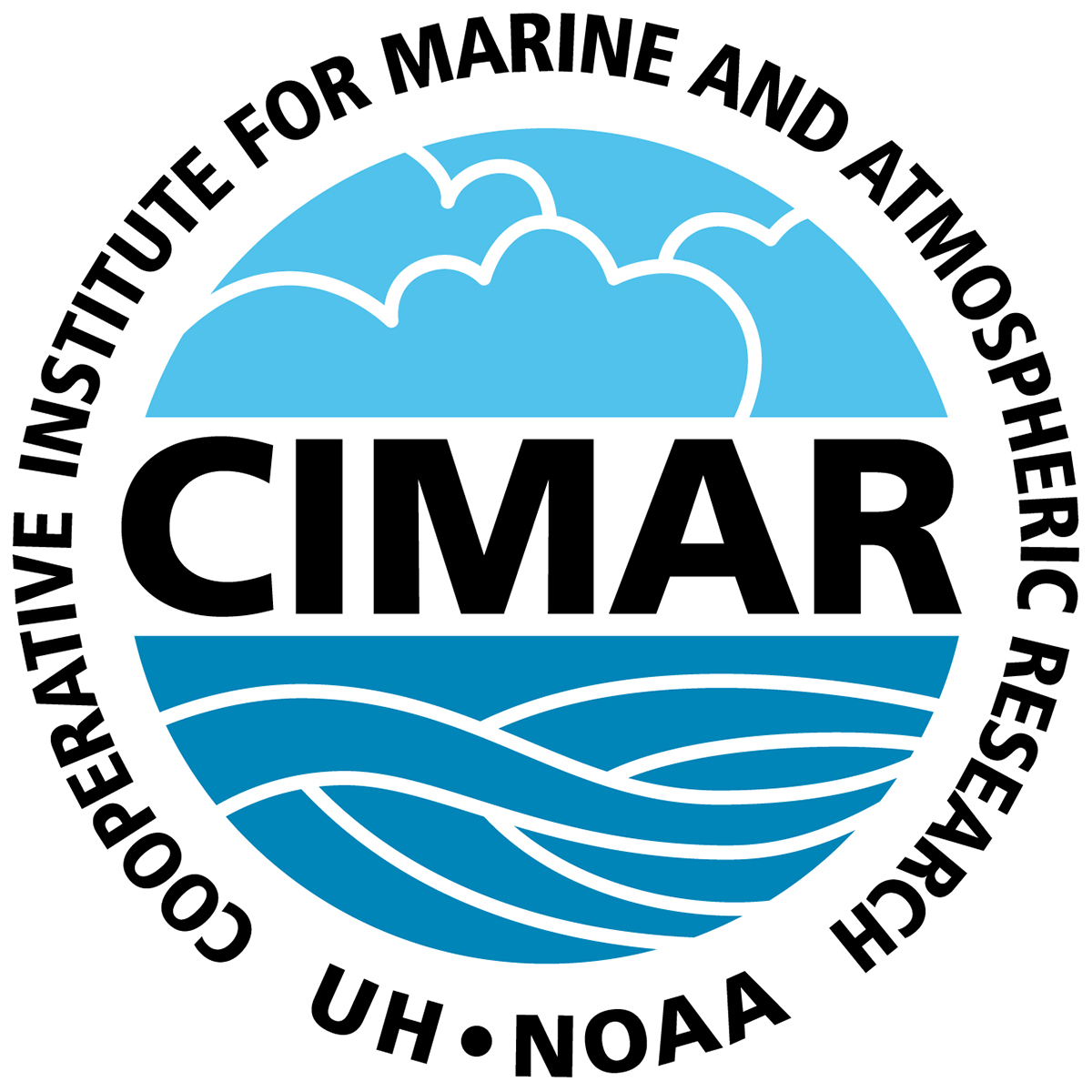Home > Research+Applications > Research Highlights > Ecosystem Structure and Function
Ecosystem Structure and Function Project
As ocean temperatures continue to rise, coral bleaching events around the globe are becoming stronger and more frequent. But in order to identify and study these heat events, it is important to have high-resolution information about seawater temperatures at the small time and spatial scales relevant to coral reef habitat conditions. In this study, we explore the utility of an operational Regional Ocean Modeling System (ROMS) around the Main Hawaiian Islands that predicts surface and subsurface temperatures. We compare the model’s temperature estimates in shallow (0-30 m) coastal waters against reef temperature measurements taken across Hawaiʻi between 2010 and 2017. Overall, this study finds that the model predicts accurate temperatures across the shallow coastal waters of the Main Hawaiian Islands including several temperature metrics used to identify heat stress in corals. Further, the model is able to predict the 2014 and 2015 summer bleaching events around Hawaiʻi. The ROMS simulation in the Main Hawaiian Islands proves to be a useful tool for coral reef management in the absence of, or to supplement, in-water and satellite measurements across Hawaiʻi and likely for other Pacific Island regions.
Perelman, J.N., Tanaka, K.R., Smith, J.N., Barkley, H.C., & Powell, B. S. (2024). Subsurface temperature estimates from a Regional Ocean Modelling System (ROMS) reanalysis provide accurate coral heat stress indices across the Main Hawaiian Islands. Scientific Reports, 14(1), 6620.

Map of STR locations around the Main Hawaiian Islands (MHI) with depth ranges and number of sites (n) indicated for each island. Inset: photo of an STR deployed on reef (credit: Joy Smith). MHIA temperature data extraction and pairing.

Dr. Jessica Perelman

Map of STR locations around the Main Hawaiian Islands with depth ranges and number of sites indicated for each island. Inset: photo of an STR deployed on reef (credit: Joy Smith).
Ecosystem Structure and Function Project
As ocean temperatures continue to rise, coral bleaching events around the globe are becoming stronger and more frequent. But in order to identify and study these heat events, it is important to have high-resolution information about seawater temperatures at the small time and spatial scales relevant to coral reef habitat conditions. In this study, we explore the utility of an operational Regional Ocean Modeling System (ROMS) around the Main Hawaiian Islands that predicts surface and subsurface temperatures. We compare the model’s temperature estimates in shallow (0-30 m) coastal waters against reef temperature measurements taken across Hawaiʻi between 2010 and 2017. Overall, this study finds that the model predicts accurate temperatures across the shallow coastal waters of the Main Hawaiian Islands including several temperature metrics used to identify heat stress in corals. Further, the model is able to predict the 2014 and 2015 summer bleaching events around Hawaiʻi. The ROMS simulation in the Main Hawaiian Islands proves to be a useful tool for coral reef management in the absence of, or to supplement, in-water and satellite measurements across Hawaiʻi and likely for other Pacific Island regions.
Perelman, J.N., Tanaka, K.R., Smith, J.N., Barkley, H.C., & Powell, B. S. (2024). Subsurface temperature estimates from a Regional Ocean Modelling System (ROMS) reanalysis provide accurate coral heat stress indices across the Main Hawaiian Islands. Scientific Reports, 14(1), 6620.

